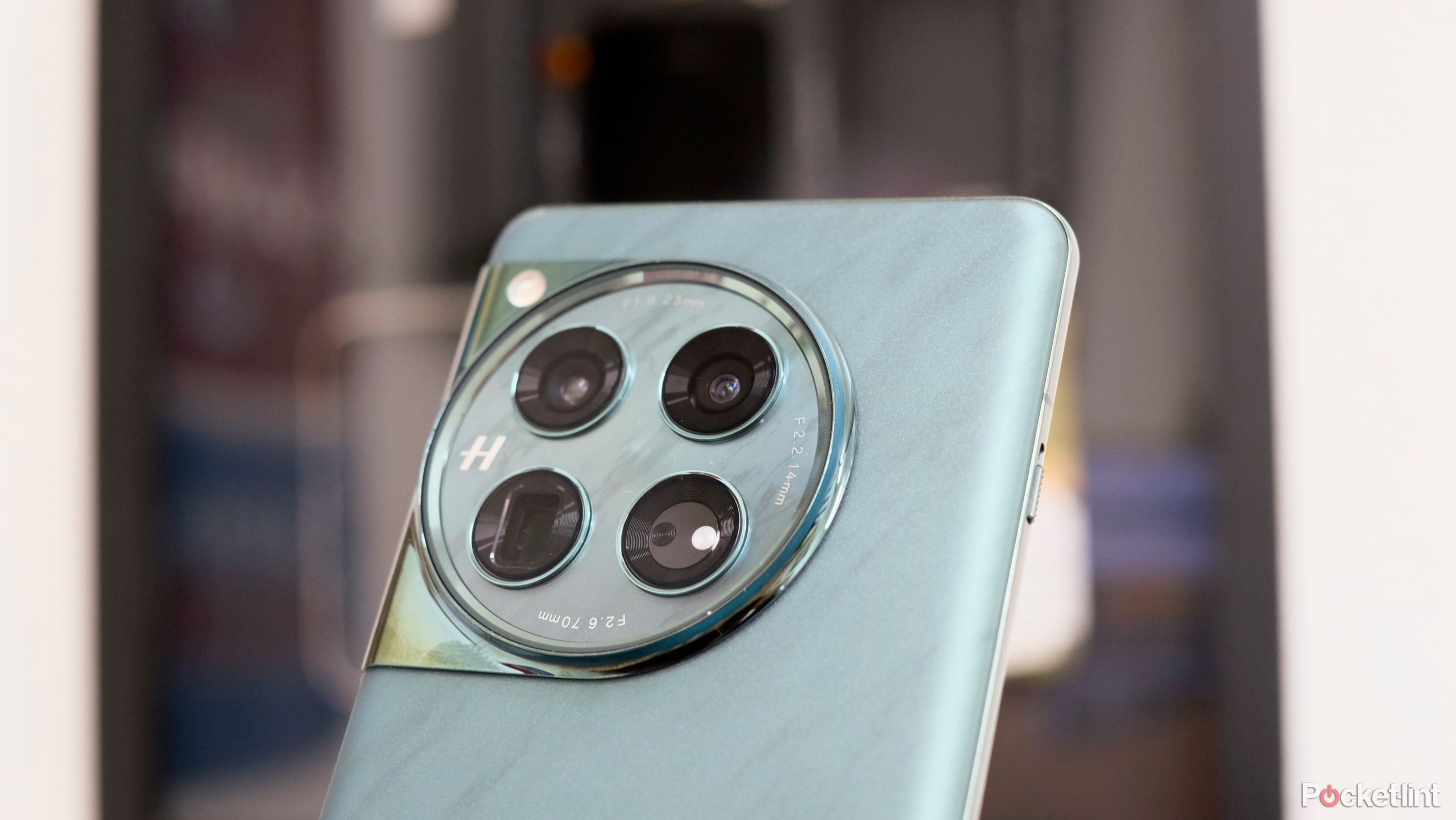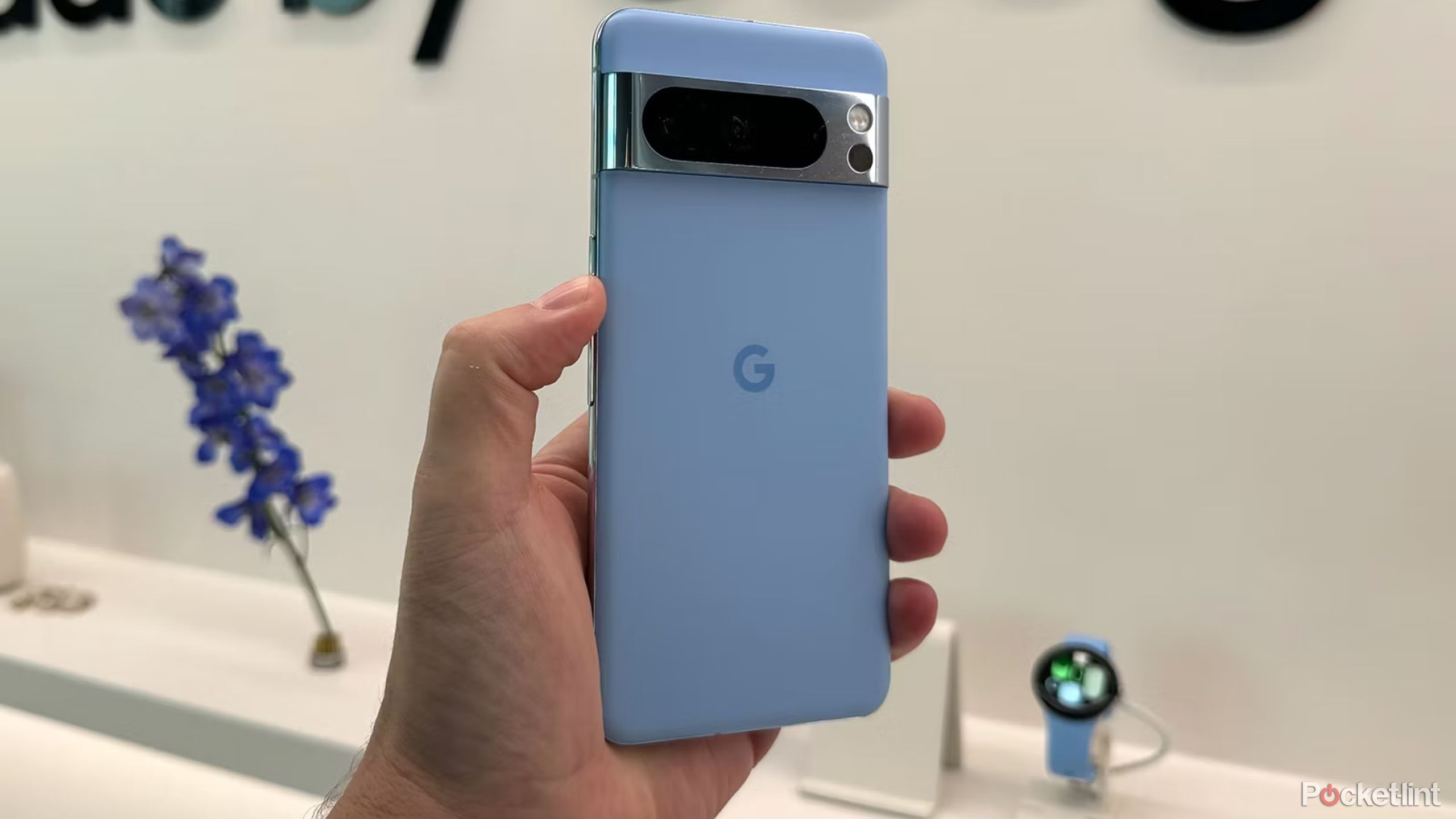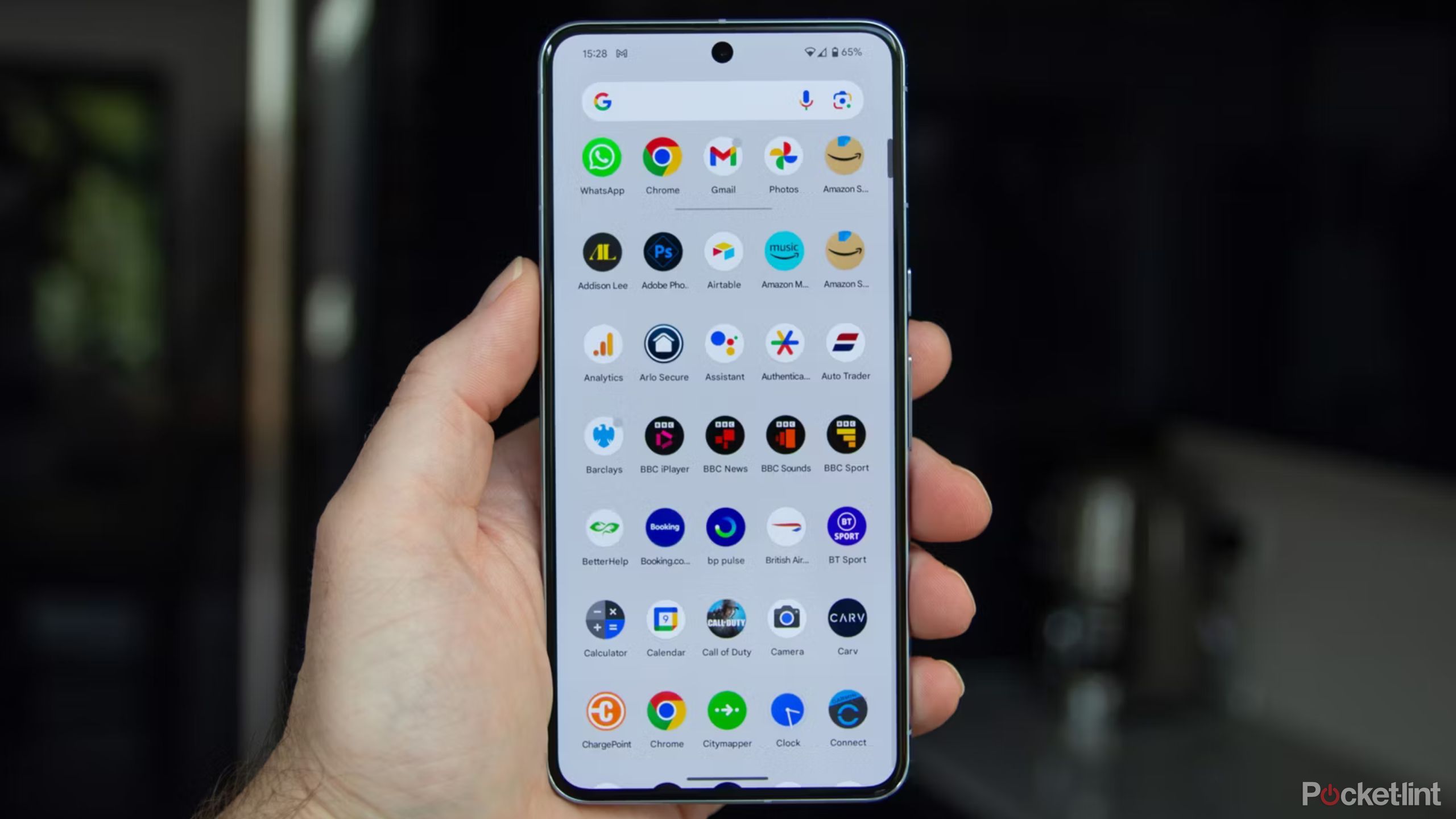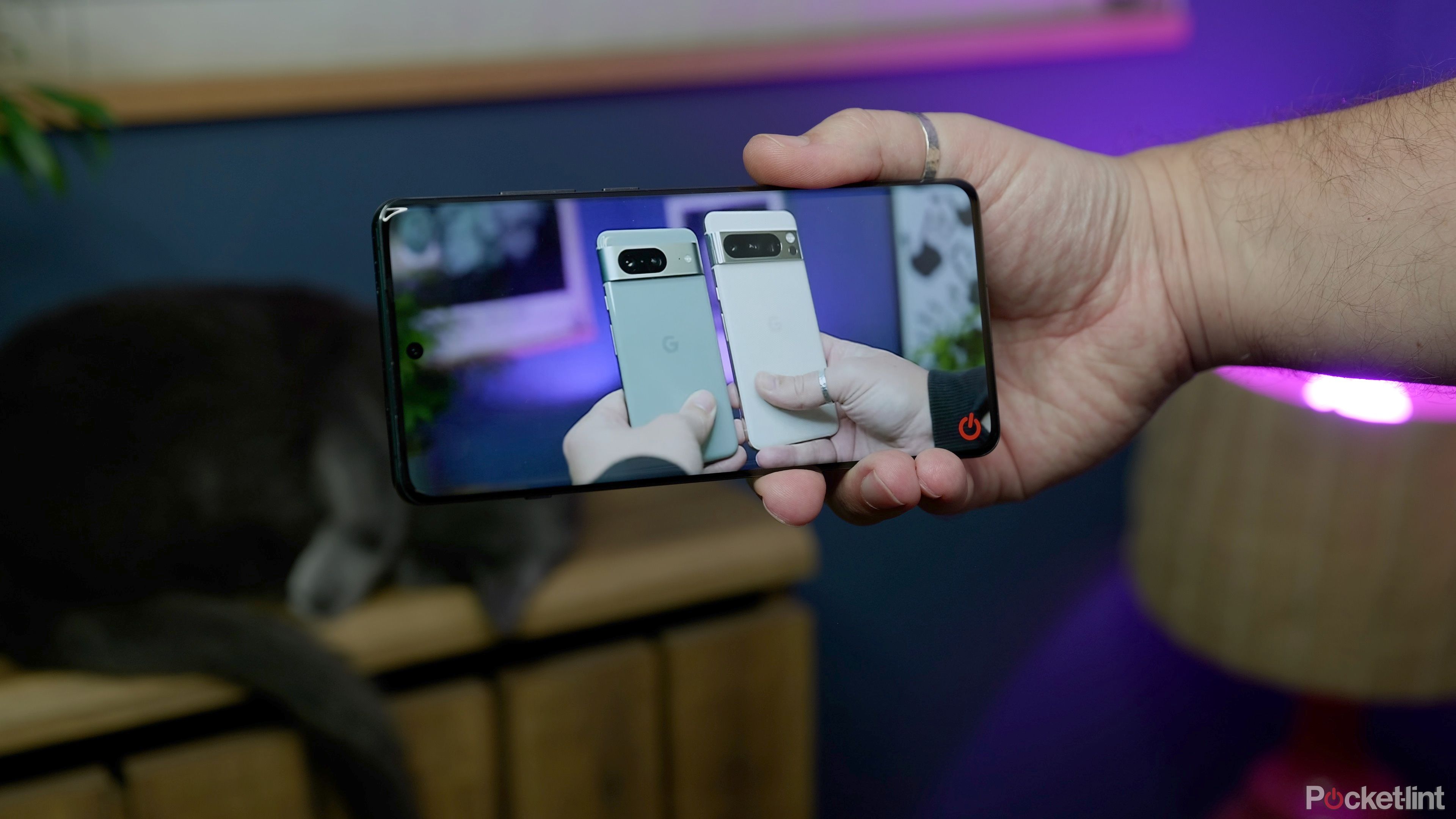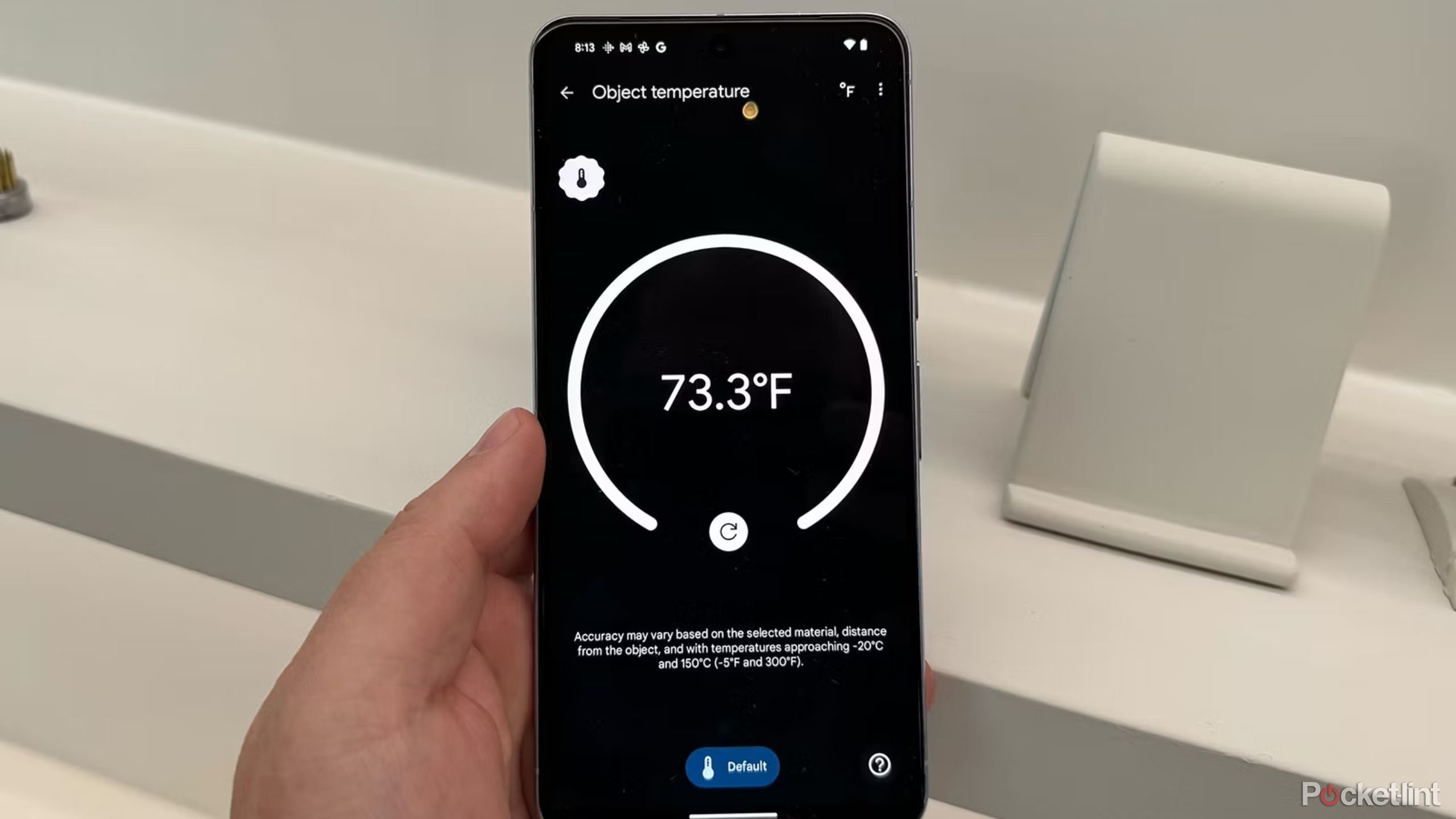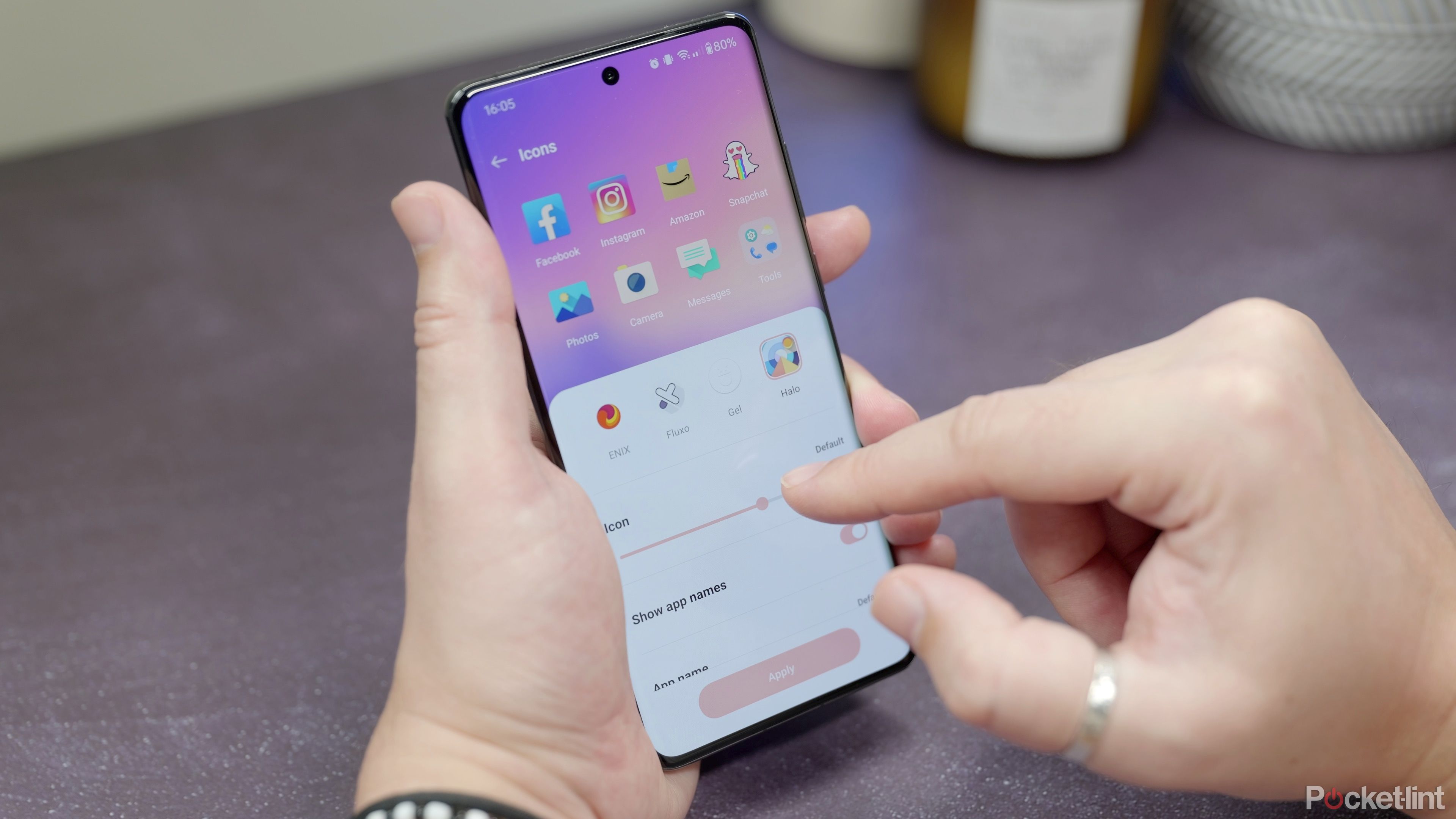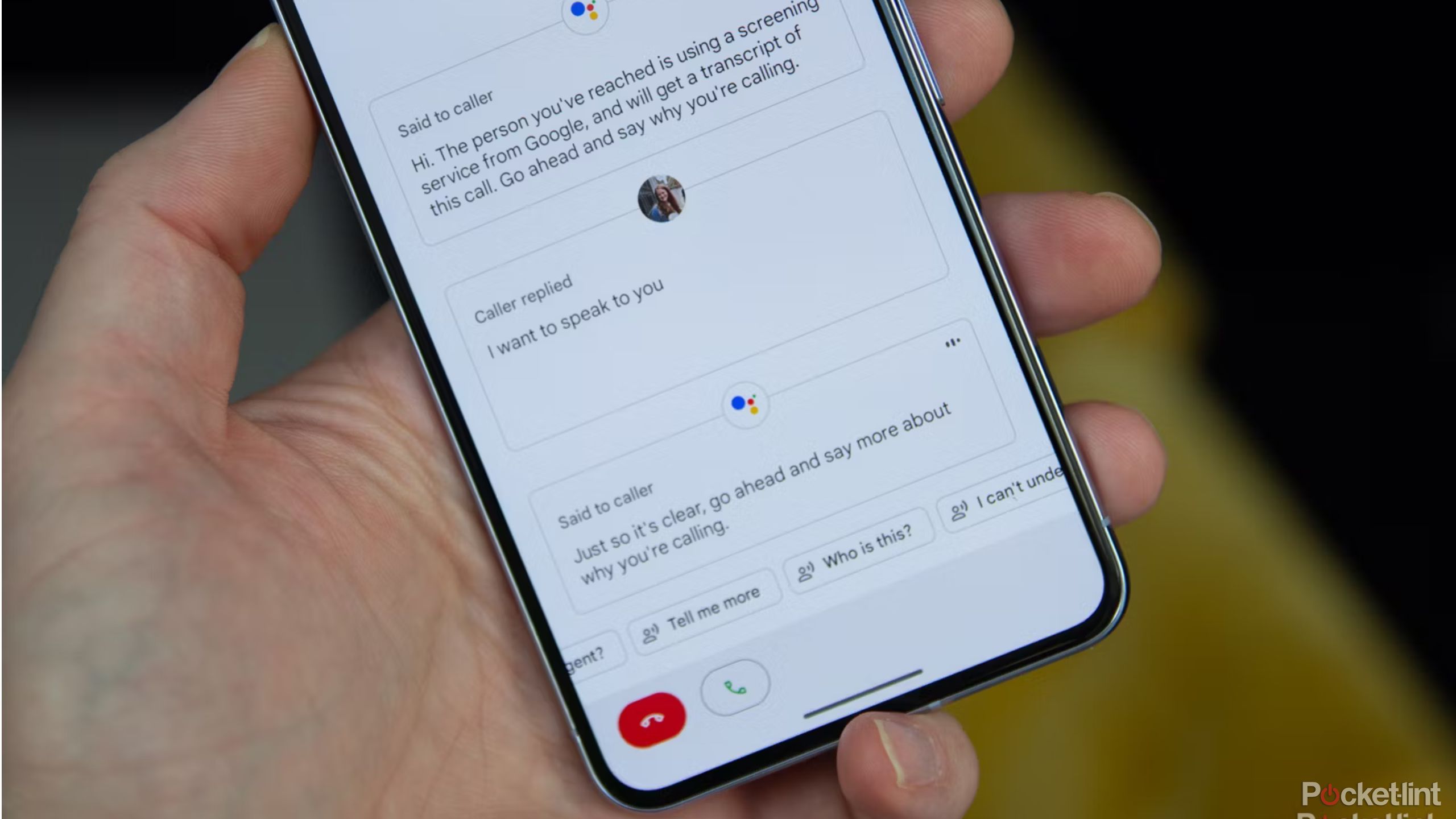-
OnePlus 12
The OnePlus 12 comes packed with an impressive tech sheet and a lower price tag than the Pixel 8 Pro. It’s one of the big OnePlus releases for 2024 and it’ll no doubt compete heartily with today’s biggest flagships.
Pros- Excellent spec sheet
- Lower price than most 2024 flagships
- All day battery life
Cons- The Pixel 8 Pro’s cameras are better
- IP65 rating is below the IP68 industry standard
- Four years of software updates isn’t enough
-

Google Pixel 8 Pro
The Pixel 8 Pro is always worthy of consideration in a smartphone battle. The phone can hold its own in terms of performance but stands out with its truly excellent camera and Google’s optimizations.
Pros- Outstanding camera performance
- Still respectable performance numbers
- Wide availability
Cons- Tensor G3 not as fast as the Snapdragon 8 Gen 3
- More expensive than the OnePlus 12
- Slower wired and wireless charging than the OnePlus 12
Key Takeaways
- OnePlus 12 is a spec giant with a powerful processor, larger battery, and high-tech display at a slightly lower price.
- Google Pixel 8 Pro excels in camera quality, photo editing, and AI features despite its slightly higher cost.
- The decision between the two phones ultimately depends on the user’s preferences and needs.
The OnePlus 12 and 12R are officially available for preorder in the U.S. They join the group of 2024 flagship phones that will be competing for your affection all year. OnePlus outfits the 12 with a great spec sheet and plenty of features. With its sub-$1,000 price, it’s an appealing option for folks who don’t want to go with the $1,300 price tag of something like the Galaxy S24 Ultra.
However, another Android flagship, the Pixel 8 Pro, isn’t much more expensive than the OnePlus 12 and serves as the primary competitor for OnePlus. Google has done a lot of fun software stuff and while the Tensor G3 in the Pixel 8 Pro isn’t as powerful as the Snapdragon 8 Gen 3, it’s powerful enough. So, which one should you get? Let’s find out.
-
OnePlus 12 Google Pixel 8 Pro SoC Qualcomm Snapdragon 8 Gen 3 Google Tensor G3 Display 6.82-inch ProXDR LTPO, 3168 × 1440 (510ppi), 120Hz adaptive refresh 6.7-inch Super Actua OLED, 2992 x 1344 (489ppi) 1-120Hz, up to 2400nits RAM 12GB or 16GB LPDDR5X RAM 12GB Storage 256GB or 512GB UFS 4.0 128GB, 256GB, 512GB, 1TB Battery 5,400mAh 5050mAh, 30W fast charging, 12-18W wireless Operating System OxygenOS 14 w/ Android 14 Android 14 Rear camera 50MP f/1.6 Sony LYT-808 main w/OIS, 48MP f/2.2 Sony IMX581 ultrawide (114°), 64MP f/2.6 OmniVision OV64B 3x telephoto w/OIS 50MP main, 48MP ultra wide, 48MP telephoto Dimensions 164.3 × 75.8 × 9.2mm 162.6 x 76.5 x 8.8mm, 213g Weight 220g 213g Charge speed 80W wired SUPERVOOC, 50W wireless AIRVOOC 30W wired, 15W wireless IP Rating IP65 IP68 Front camera 32MP f/2.4 Sony IMX615 10.5MP
Price and availability
The OnePlus 12 is available for $900 at online and in-store retailers like Amazon and Best Buy, along with the official OnePlus website. Currently, the phone is available to preorder, but OnePlus is running a generous trade-in program that nets you $100 off the cost of the phone, and a free 50W wireless charger. OnePlus doesn’t have a U.S. carrier partner as of this writing, but you can buy the phone from Best Buy and Amazon. Currently, OnePlus is the only option that offers a payment plan. The OnePlus 12 will officially arrive on Feb. 12.
Meanwhile, the Pixel 8 Pro runs for $1,000 and is widely available at in-store or online retailers. The Pixel 8 Pro is available from U.S. carriers such as T-Mobile, AT&T, and Verizon, giving consumers another way to get their hands on Google’s flagship via monthly payment plans.
Of the two devices, the Pixel 8 Pro is easier to acquire, especially with carrier deals that let you walk out the door with little-to-no money down on a payment plan. That said, the OnePlus 12 is still readily available, and it won’t be hard to find.
Design and durability
In terms of dimensions and weight, the two smartphones aren’t terribly different. The OnePlus 12 is slightly taller, less wide, and fatter than the Pixel 8 Pro. There is also a seven-gram weight difference between the two, with the OnePlus 12 being heavier. We’re talking about a difference of one to two millimeters here, so both phones should feel similar in the hand or the pocket. That said, the OnePlus 12 has curved edges that make it feel a tad thinner.
Both phones have the volume rocker and power buttons on the right side, although OnePlus adds the alert slider to the opposite side. Around the back of the Pixel 8 Pro is Google’s camera bar that it’s had there since the Pixel 6. The OnePlus 12 has a larger, round camera bump that integrates with the back of the device. The Pixel’s camera bar has a cleaner look, but with a case on, neither camera bump should get in the way of anything.
1:02
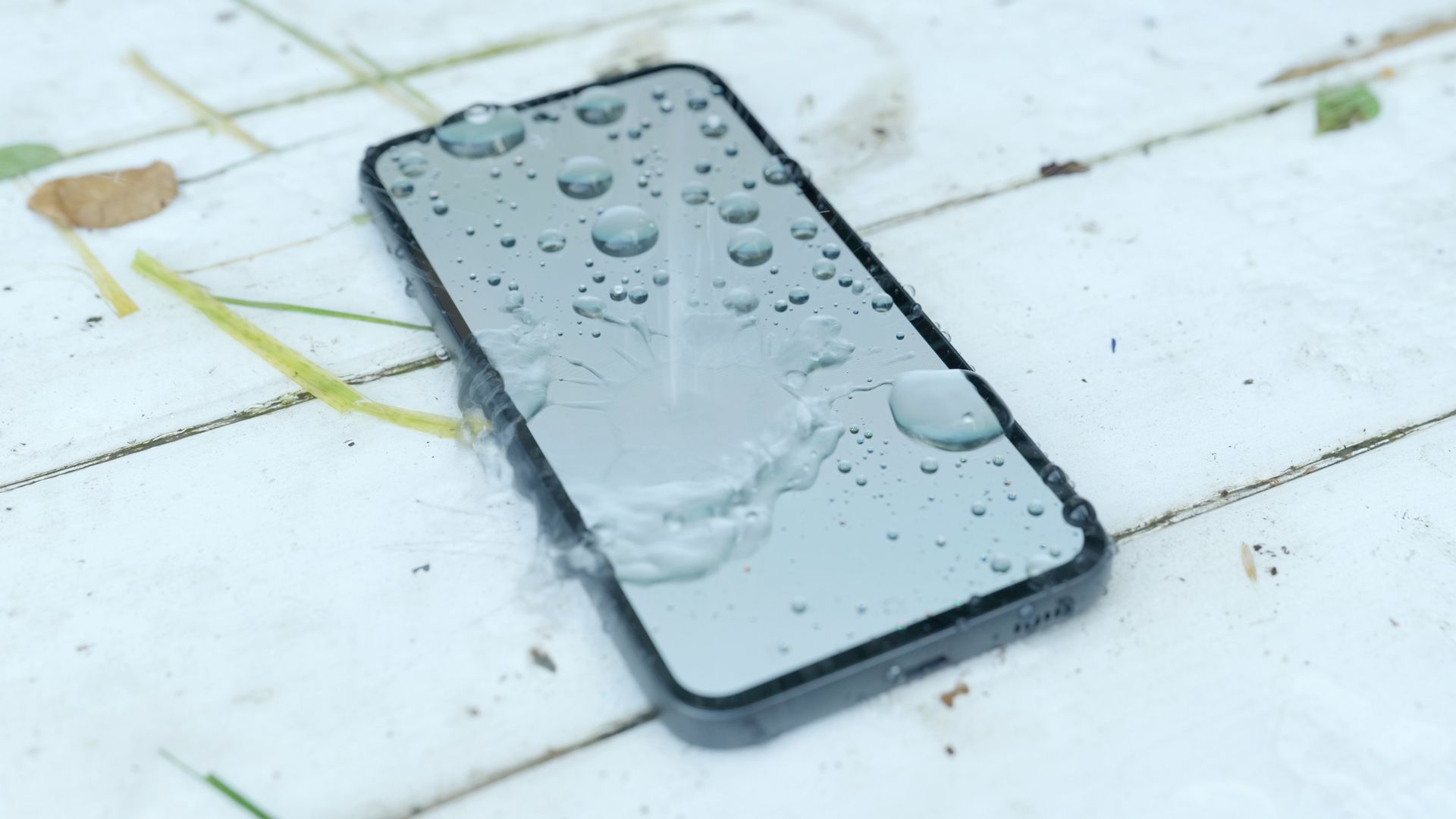
Water and dust IP ratings: What does IP68 actually mean?
Your phones and devices come with a code to tell you how waterproof it is — but what do these codes mean?
The biggest difference between the two is their IP ratings. The Pixel 8 Pro has an IP68 water and dust resistance rating, while the OnePlus 12 comes with an IP65 rating. That means the Pixel 8 Pro has a much greater chance of surviving a dunk than the OnePlus 12, which may matter depending on how often you use your phone near water.
Pocket-lint
Display
The displays on both the OnePlus 12 and Pixel 8 Pro are pretty good. The Pixel 8 Pro sports a 6.7-inch, 489ppi display with a 120Hz adaptive refresh rate and brightness up to 2,400nits. OnePlus ups the game a bit with a 6.82-inch, 510ppi display with a 120Hz adaptive refresh rate and a maximum brightness of 4,500nits.
On paper, at least, the OnePlus 12 has a better display. It’s slightly bigger, much brighter, and has a higher resolution. The result is a phone you should be able to see pretty well in sunlight while also being just a touch sharper. OnePlus uses a ProXDR LTPO display, which is the latest screen tech from OnePlus and BOE. In real-world viewing, it’s a vibrant display that looks great.
The Pixel 8 Pro is no slouch, though. The 6.7-inch display is a Super Actua OLED display made by Samsung. It boasts great colors, deep blacks, and plenty of brightness. Yes, the 2,400nits brightness isn’t as high as the OnePlus 12, but 2,400nits is still good enough for outdoor use. Neither of these phones has a bad or even mediocre display. They’re both good. The OnePlus 12 is just slightly better.
Performance and battery
OnePlus scores a pretty easy win here. The question is whether that matters. The OnePlus 12 sports the latest Snapdragon 8 Gen 3 chipset, which is a faster, more powerful chip than the Pixel 8 Pro’s Tensor G3. That means it’ll play high-end mobile games and do things like edit videos faster than Google’s top offering.
Qualcomm made a lot of improvements to the Snapdragon 8 Gen 3, and those improvements pass through to the OnePlus 12. The chipset boasts improved ray tracing, a 30% performance boost, and 20% improved efficiency over the Gen 2. Additionally, Qualcomm beefed up the NPU and boasts a 98% improvement to AI workloads and similar tasks. It’s quite the chipset.
Google’s Tensor G3 isn’t a bad chip by any stretch. In sheer power, it competes pretty well with the Snapdragon 8 Gen 2, which is still a perfectly good processor, even in 2024. Indeed, you won’t get the same level of performance as the Gen 3 processor, but you can still play mobile games, edit videos, and do hardcore tasks without too much of a worry.
In day-to-day use, the difference will be hardly noticeable. Both phones can fly through social media, TikTok, web browsing, video calls, and things like that. We’re beyond the days when phones struggle with basic tasks in the slightest.
For battery life, the improved efficiency of the Snapdragon 8 Gen 3 and the 350 extra mAh in the OnePlus 12 should easily grant it better battery life than Google’s flagship. OnePlus also adds vastly faster charging in case you need to top up, which you really shouldn’t, since both phones should be able to last a full day with moderate use.
Camera
Arguably the largest difference between these two devices is the camera. As Pocket-lint’s Cam Bunton says in our comparison video, the mindset of these two companies is completely different. Google leverages AI for its color processing, image quality, night mode, and extra features. Meanwhile, OnePlus leans on its partnership with Hasselblad to appeal to more “serious” photographers.
The Google Pixel 8 Pro houses three total cameras, including a 50MP main shooter, a 48MP ultra-wide, and a 48MP telephoto. OnePlus matches it with a 50MP main shooter, a 48MP ultrawide, and a 64MP telephoto. The Pixel 8 Pro uses a 5x optical zoom while the OnePlus 12 boasts a 3x optical zoom. For front shooters, the Google has a 10.5MP camera while the OnePlus 12 houses a 32MP front shooter.
Above, you can see the Pixel 8 Pro’s chops. It’s generally regarded as having one of the best phone camera experiences ever, and the pictures show why that is. Colors are punchy, dark photography looks surprisingly good, and details are generally pretty sharp without looking too fake.
We don’t have a gallery for the OnePlus 12 yet. That will come once we fully review the device. However, our very talented Cam Bunton detailed — with examples — what the camera is capable of in the OnePlus 12 in the embedded video above. Generally speaking, in full-light photos, OnePlus does a great job of preserving details, shadows, and dynamic range. Right on par with the Pixel 8 Pro. That is, however, wholly expected with full light.
In low light, it depends on who you ask. Google’s Night Mode is legendary for its ability to brighten night images and make invisible things visible. It does these things at the detriment of realism most of the time, though, and the OnePlus 12 preserves the nighttime feeling of its darker photos, even if they aren’t as good.
The long and short of it? Both cameras are good, but with AI enhancements all over the place, Google is just doing it better.
Software
In terms of software, the basics are about the same. Both phones run Android 14 out of the box and each one has its own set of OEM additions to make each phone feel unique to its brand. The Pixel 8 Pro is pure Google Android with a few Pixel-specific features baked in, including the upcoming Pixel updates that’ll add more features over time.
Somewhat surprisingly, the OnePlus 12 hasn’t been completely overrun with AI yet, even as Google and Samsung are doing just that with the Galaxy S24 series of phones. Android 14 and the Pixel tweaks found on the 8 Pro are easy to use with plenty of fun colors, options and shortcuts. It’s not terribly different from the Pixel 7 in terms of software, but seven years of updates more than makes up for it. The Pixel 8 Pro is familiar and friendly.
The OnePlus 12 isn’t sitting idly by, although you’ll have to look hard to find any AI-specific features. The OnePlus 12 ships with Android 14 and all the features that come with it, with customizations and extra features thanks to OxygenOS 12. The software includes a variety of additions, including support for the OnePlus Watch 2. It has more menus and options to better customize your overall experience. For example, you can install icon packs without the need for a third-party launcher.
The superior software is mostly a matter of taste. Many folks like Google’s simpler, more streamlined style, and the extra AI stuff like Magic Eraser and AI wallpapers add enough of a unique twist to make it not feel boring. The OnePlus 12 approach puts users more in control of things, which other people prefer. With all of that said, the Pixel 8 Pro is going to have software updates for seven years and OnePlus is only committing to four with the OnePlus 12.
The verdict: Which one is better?
Well, this is a hard one to call, isn’t it? On paper, the OnePlus 12 is the superior device. It has a more powerful and more efficient processor, a larger battery, a higher-tech display, and the cameras are good enough to compete. It also has a lower price tag, although not by much. It might have an easier time selling if OnePlus had a U.S. carrier partner, so people could take advantage of financing deals easily. Other than that, the OnePlus 12 is a spec giant.
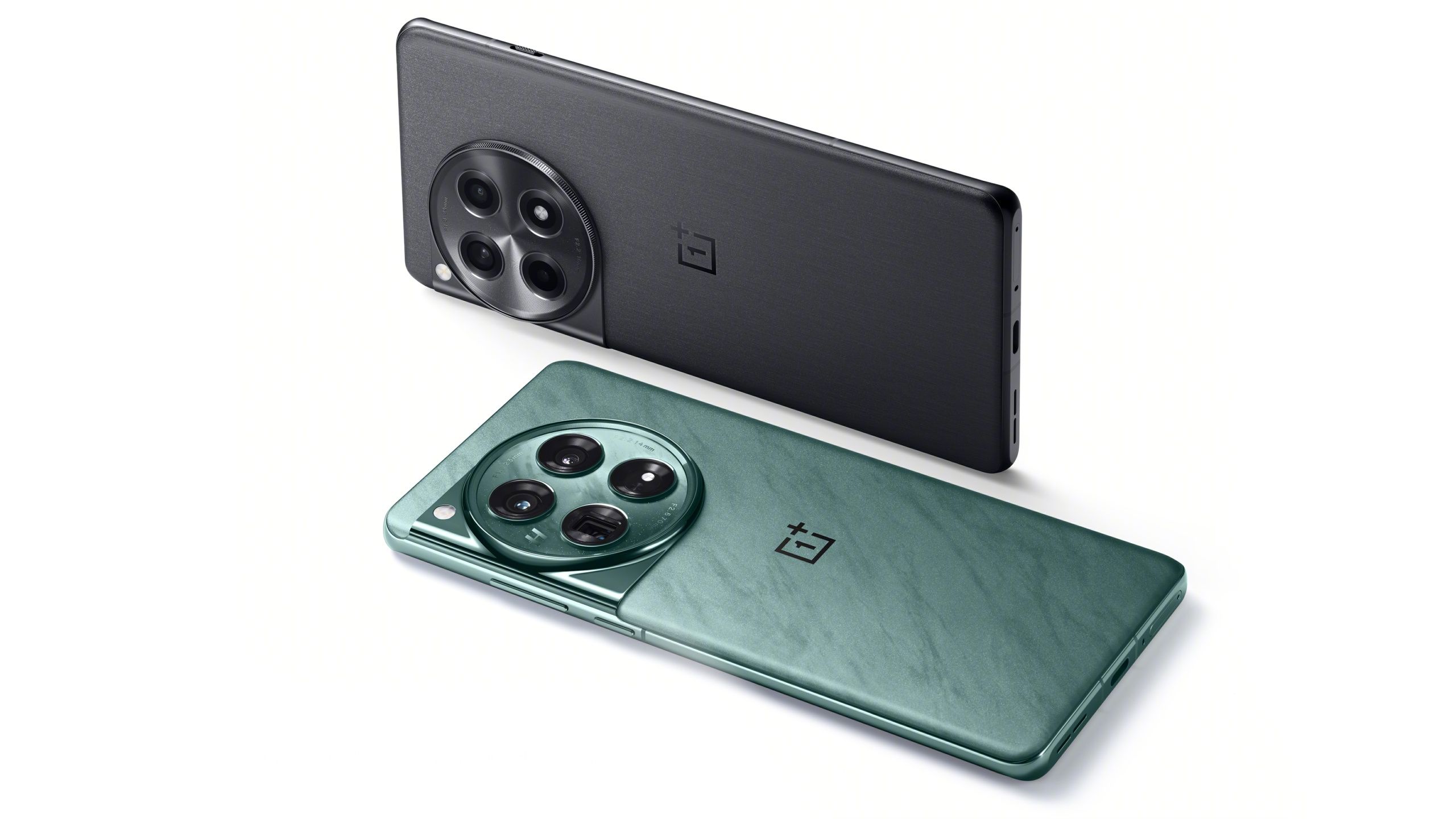
OnePlus 12
Editor’s Choice
The Pixel 8 Pro isn’t a bad phone, though, and it excels in the ways that the OnePlus 12 doesn’t. Sure, the Tensor G3 isn’t the fastest chipset in the world, but it’ll still play all modern mobile games without problems. You just might need to turn the settings down a bit. Meanwhile, you get a superior camera and photo editing experience with plenty of AI to take advantage of the latest in technology. Yes, the cost is a bit higher, but carrier partners mean a lot of folks can walk out of the store without paying full price upfront.
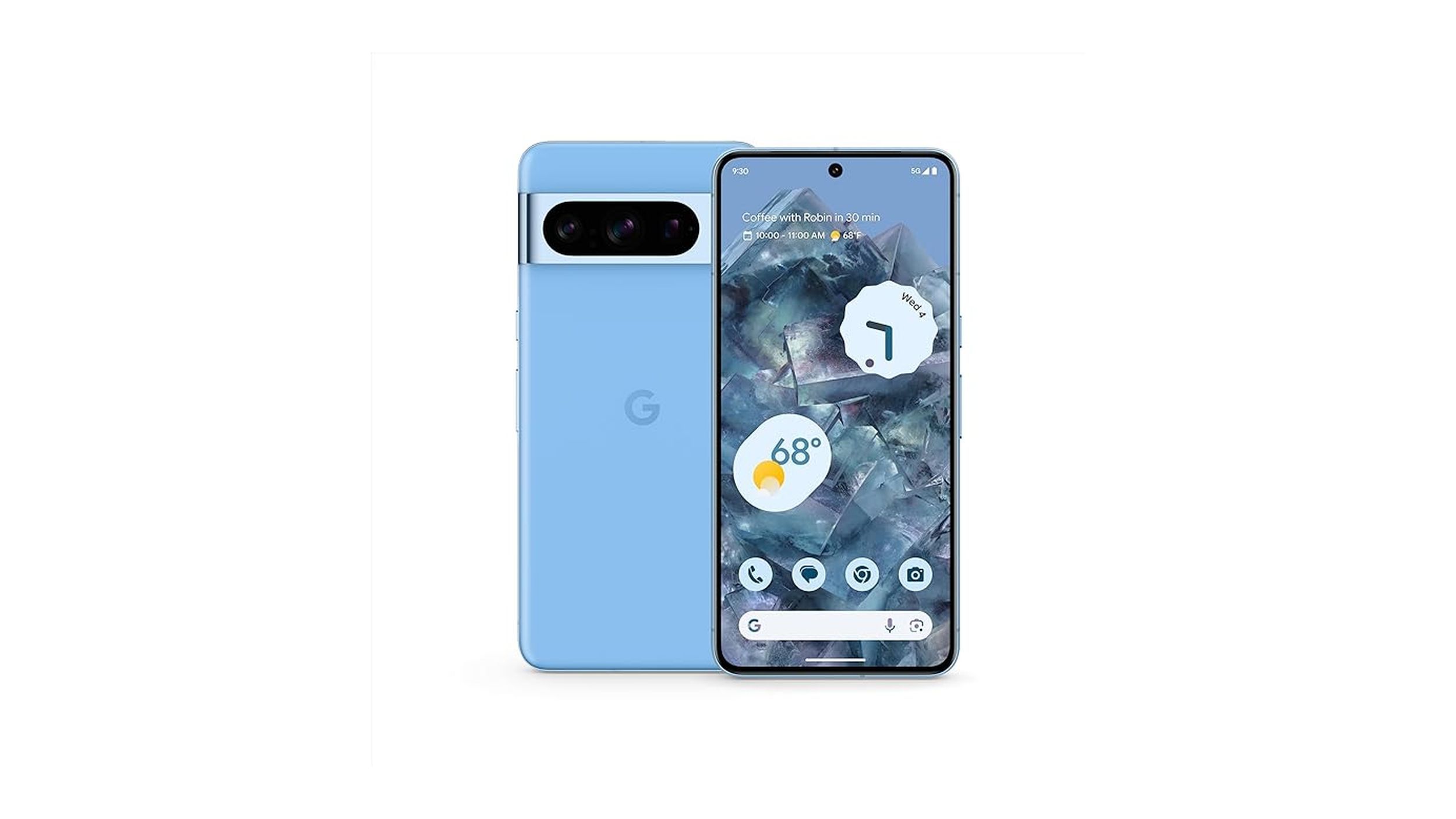
Google Pixel 8 Pro
Also Editor’s Choice
$960 $999 Save $39
In all, the decision is mostly a wash. These are very different phones with different personalities and the type of user you are will determine which phone is better for you. The OnePlus 12 is a purpose-built power user phone whereas the Pixel 8 Pro does a good job of mimicking Apple’s “it just works” philosophy. It almost feels like an apples-to-oranges comparison, although the two phones do have plenty of similarities. If you’re a power user and don’t mind spending money up front, the OnePlus 12 is an interesting option. However, if you want your phone to just work, consider a Pixel 8 Pro.
Trending Products

Cooler Master MasterBox Q300L Micro-ATX Tower with Magnetic Design Dust Filter, Transparent Acrylic Side Panel, Adjustable I/O & Fully Ventilated Airflow, Black (MCB-Q300L-KANN-S00)

ASUS TUF Gaming GT301 ZAKU II Edition ATX mid-Tower Compact case with Tempered Glass Side Panel, Honeycomb Front Panel, 120mm Aura Addressable RGB Fan, Headphone Hanger,360mm Radiator, Gundam Edition

ASUS TUF Gaming GT501 Mid-Tower Computer Case for up to EATX Motherboards with USB 3.0 Front Panel Cases GT501/GRY/WITH Handle

be quiet! Pure Base 500DX ATX Mid Tower PC case | ARGB | 3 Pre-Installed Pure Wings 2 Fans | Tempered Glass Window | Black | BGW37

ASUS ROG Strix Helios GX601 White Edition RGB Mid-Tower Computer Case for ATX/EATX Motherboards with tempered glass, aluminum frame, GPU braces, 420mm radiator support and Aura Sync


